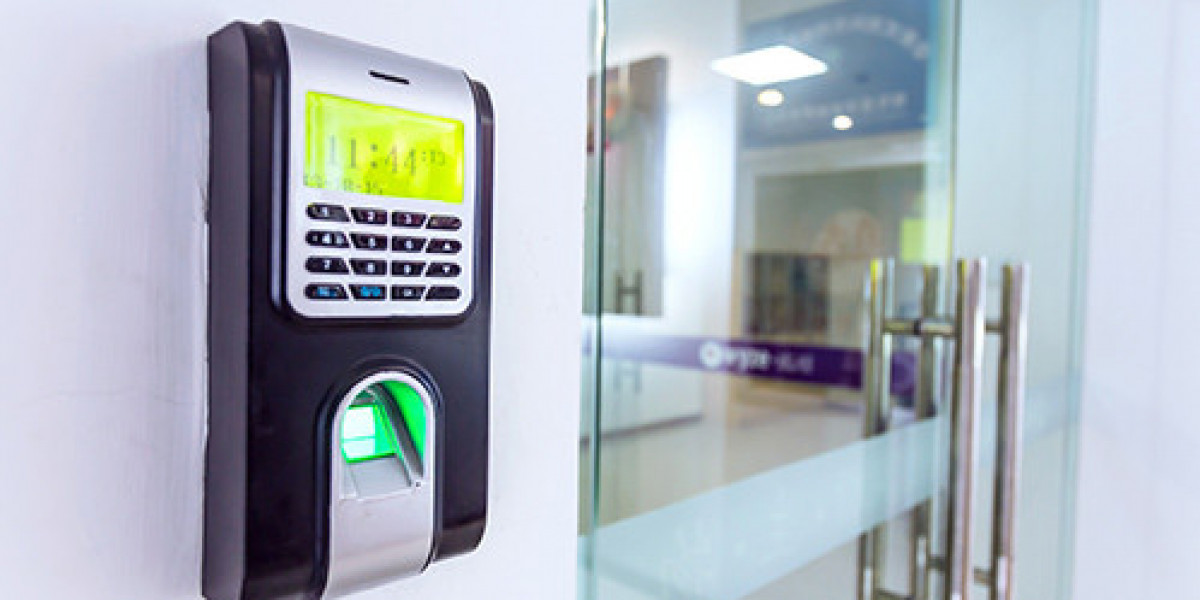In today’s high tech world, it is important for companies and organizations to limit access to sensitive data. It is also important to restrict access to specific locations within the building. To provide the best security, companies must use a combination of physical and logical access control. But what is access control? What are the differences between physical access control and logical access control? Understanding these differences will then help you make informed choices about protecting your business.
At Integrated Access Security (IAS), our licensed professionals are here to help. We know that your business deserves ultimate protection and security. IAS can assess your business needs and then help you create a security plan that will protect your company’s most valuable resources. We can explain some of the many benefits of access control with the right security plan. We use state-of-the-art access control security to protect your business’s most valuable resources. This includes your intellectual properties, data and physical assets.
Physical Access Control vs. Logical Access Control
Access control is a security method that limits the access that individuals in a company have to data or resources. It is a vital aspect of any security plan. Access control authenticates and authorizes specific employees to ensure a more secure system.
Every good access control system uses a combination of physical access control and logical access control. But what are the differences between physical access control vs. logical access control?
Physical access control is the restriction of access to a physical space within the business or organization. This type of access control limits access to rooms, buildings and physical IT assets. In addition, physical access control keeps track of who is coming and going in restricted areas. This can then help keep your assets safe and secure.
Examples of physical control access include password coded doors and fob controlled gates. Access card readers can also track who is entering the facility. These readers only give access to special employees with the right credentials. Many systems incorporate both security alarms and lockdown features to prevent unauthorized access.
Logical Access Control
Logical access control involves authenticating and authorizing users. This is different than physical access control. Physical access control uses keys and badges. Conversely, logical access controls use advanced password programs and advanced biometric security features.
These features identify the employee. The system then determines whether the employee has appropriate authorization to access data.
There are many benefits to having logical access control. However, the main benefit is that an employer can immediately revoke or change an employee’s authorization. An employer can then disable an employee’s badge access without gaining physical control of the badge.
Contact Our Redwood City Commercial Security Professionals
Your business deserves the best protection. At Integrated Access Security, we provide a level of personal attention you cannot get at other companies. If you have questions about physical access control vs. logical access control, then we can help.
We have over 50 years of combined experience. Our professionals assist all Bay Area businesses with their security alarm needs. Call us today at (650) 299-9345 or fill out our contact form for more information.
Want more info about access control? Check out our latest blog explaining the finer details of access control security.









